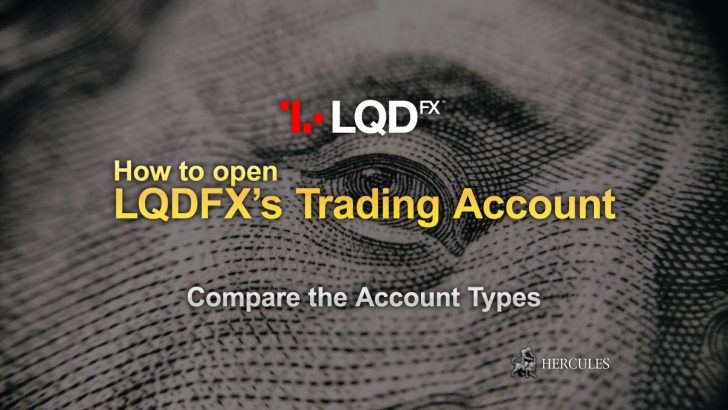Quantitative Easing (Monetary Easing)
What is Quantitative Easing (Monetary Easing)?
What is Quantitative Easing (Monetary Easing)?
Quantitative Easing (Monetary Easing) is a technique employed by central banks to stimulate economic growth by encouraging spending.
Simply put, a central bank puts a lot of money into the world, making it easier to borrow money.
In reality, while the interest rate effect has an immediate effect, the economic stimulus effect takes a considerable amount of time, so the currency depreciation factor in the very short term is offset, and in the medium to long term it is offset, and will be outweighed by the currency appreciation factor.
Go to Hercules.Finance Main Page
How Monetary Easing is conducted?
1. Interest rate cut
A common practice around the world is to cut the policy interest rate set by the central bank.
This will lower the interest rate for borrowing by companies and households (such as mortgages), making it easier to borrow money.
2. Quantitative easing
Since the Lehman shock, interest rates in many countries, have become almost zero, making it difficult to lower interest rates any further.
For this reason, central banks are taking measures such as purchasing government bonds from the market and releasing such money to the market.
3. Negative interest rate
By making a part of the interest rate when banks in the city deposit surplus money into the central bank negative, it is easy to avoid surplus money and lending from banks to companies.
Negative interest rate policy is also one of monetary easing measures.
Impact of monetary easing on the market
With monetary easing, two main changes affect the exchange rate.
1. Changes in interest rate
The first is the change in the flow of money in terms of interest rates.
Money basically flows to the places where it seems that it will be earned.
The higher the interest rate, the more interest you get when you deposit.
The opposite happens if interest rates are low.
When the interest rate cut is made, the money that was gathered in that country in search of interest income will escape to the others, which will cause the currency to depreciate.
2. Economic changes
The second is the change in the flow of money in the economy.
The economy will improve as rates and quantitative easing generate money for companies and households, and capital investment and housing investment become active.
Money gathers from all over the world where the economy is good, which is a factor of currency appreciation.










